Published in HT Cafe this Saturday…
The colour of Hampi is sepia. Not the soft sepia of fading and happy memories but a sharp brown that seeps into all your senses and dulls them after a while. It is the colour of the dry earth, the imposing hills and the precarious rocks of the region. It is also the colour of the temples and monuments that Hampi is rightly famous for. Even the auto-rickshaw waiting to take us around carries this slogan – Hampi: a historical story tells by every stone. Indeed.
It is perhaps to make up for the monotone of the land, that the people of Hampi fill their surroundings with as much colour as possible. Sitting on the ghats on the banks of the Tungabhadra early one morning, I watch the tableau unfolding in front of me (keeping half an eye and ears on the interesting been-there-done-that conversation between two groups of European backpackers). A man waves his white dhoti in the air, willing it to dry, as his small children run under it and make up an impromptu childhood game. Lakshmi, the temple elephant, lumbers down the steps a few minutes later guided by her mahout. The kids shriek in delight, even as Lakshmi indifferently goes through her routine scrub and spa ritual.
Later, walking up the ghat steps leading to the rear of the Virupaksha temple, I come upon a familiar sight in Hampi. Three brightly dressed men – in their ‘holy men’ avatar of orange and green robes, orange turban and peacock feather on the head to boot – are posing for a photograph with a foreigner. A small amount of money changes hands after this photo-shoot and everybody leaves the scene happy. Not for long though. They spot me taking their photographs and begin demanding money, irate when I refuse with a smile. Ah, well. I was lucky the earlier day; the sadhu near the market was happy to pose, and with a benign “free photo for you” proclamation.
Portuguese traveller Domingo Paes (early 16th century) described the Hampi market as a broad and beautiful street where “live many merchants, and there you will find all sorts of rubies and diamonds and emeralds and pearls and clothes and every other sort of thing there is on earth and that you wish to buy”. Today, there are shops selling kitschy handicraft and multicolour tubs of kumkum, children hawking postcards, restaurants offering world cuisine and guesthouses sporting ‘Recommended by Lonely Planet’ boards. However it is true, every other sort of thing there is on earth is still here. Welcome to Hampi.
TRAVEL INFORMATION
It is easiest to get to Hampi from Bangalore; take the convenient overnight Hampi Express (departs 10.30 p.m. from Bangalore City station) that drops you at Hospet, the nearest railway station by 07.30 a.m. From Hospet, Hampi is a short (14 km) half hour autorickshaw ride away. From Mumbai, fly or take the train to Hubli, and then take a car or bus for the 160 km (three hours) journey to Hampi.
Inside Hampi, you can hire an autorickshaw to take you around. A better way is to hire a bicycle or motorbike and make your own way; in the cooler months, you can walk, since most temples are scattered around the market area.
There is enough to do in Hampi, after you have seen the temples and monuments. Walk along the Tungabhadra, spend time people-watching on the ghats or take a coracle ride. Climb up Matanga Hill (near the Achutaraya temple) for a sunrise certified by the venerable Lonely Planet as one of the best in the world, or Hemakuta Hill on the other end of the market (an easier climb, close to Virupaksha temple) to watch the sun set over the valley. If you are feeling adventurous, you can trek up Anjaneya hill near Anegundi (considered the birthplace of Hanuman), just 5 km from Hampi. This is worth the effort, if not for the small Hanuman temple at the top, then definitely for the view. For lunch, head to the Mango Tree, in the middle of a banana plantation, where you can sprawl on chatais and watch the placid Tungabhadra in front of you as you eat.
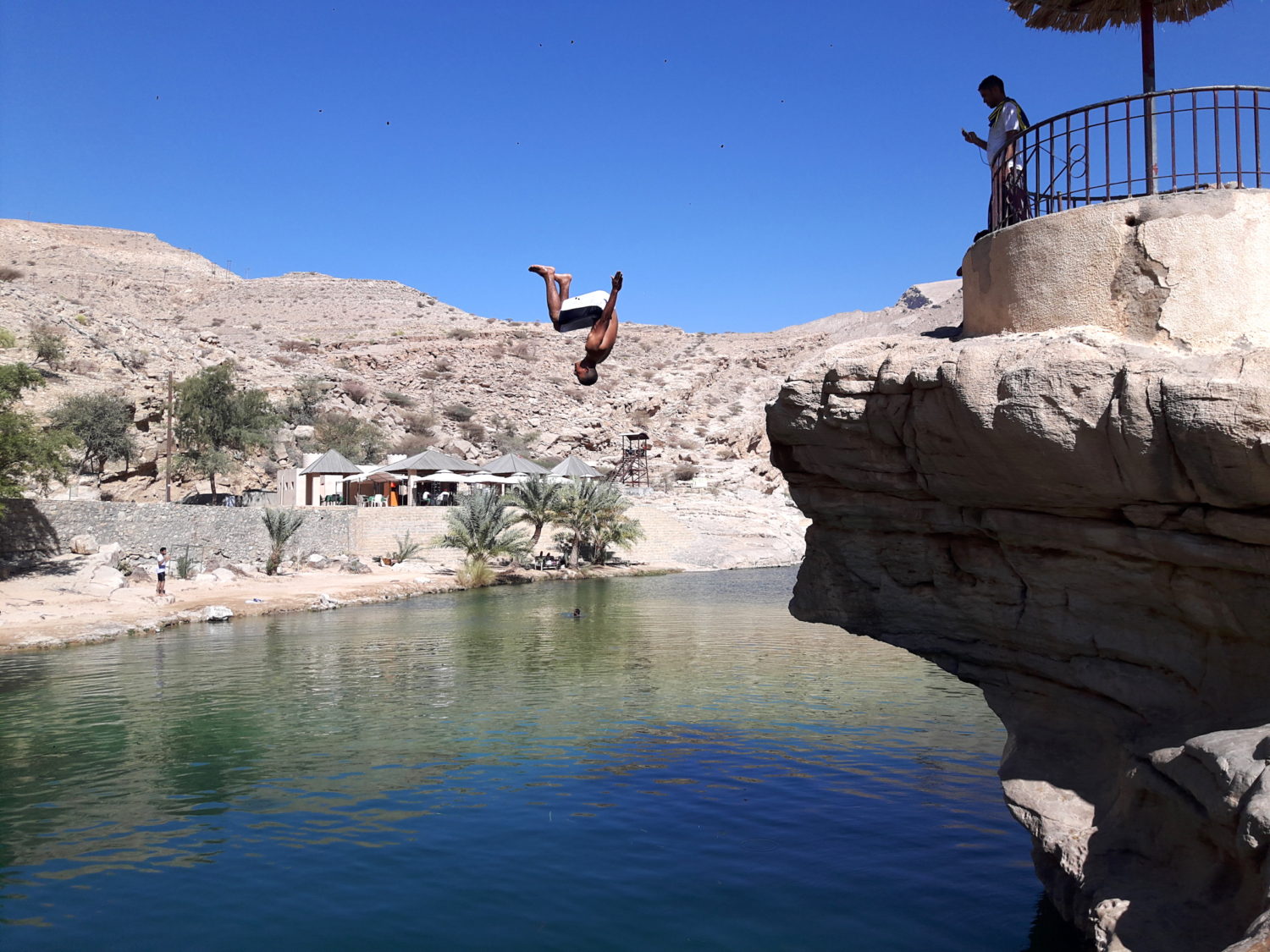

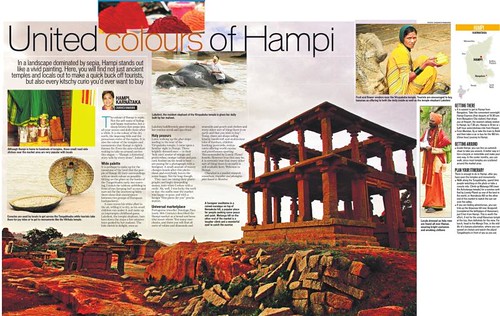
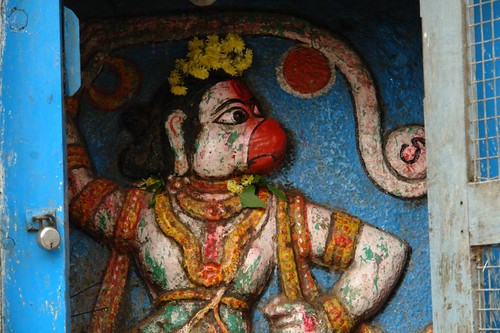
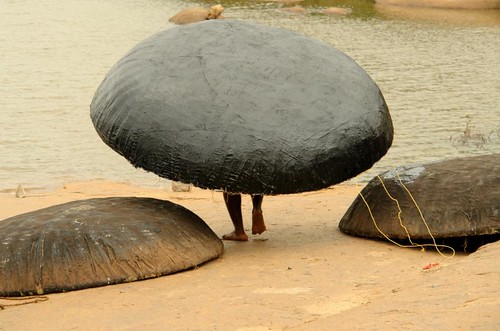

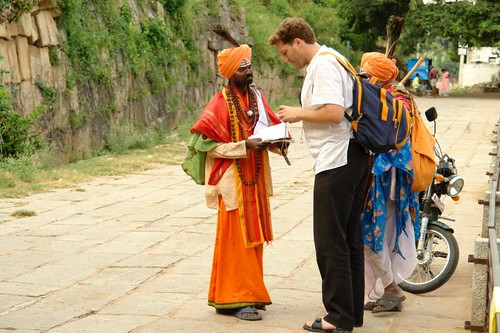
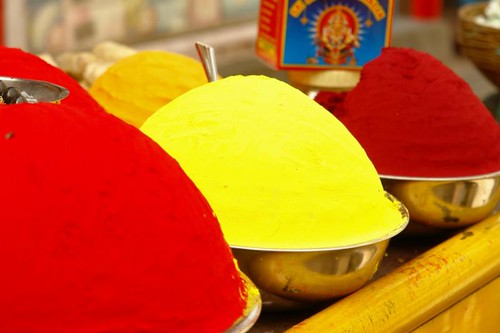
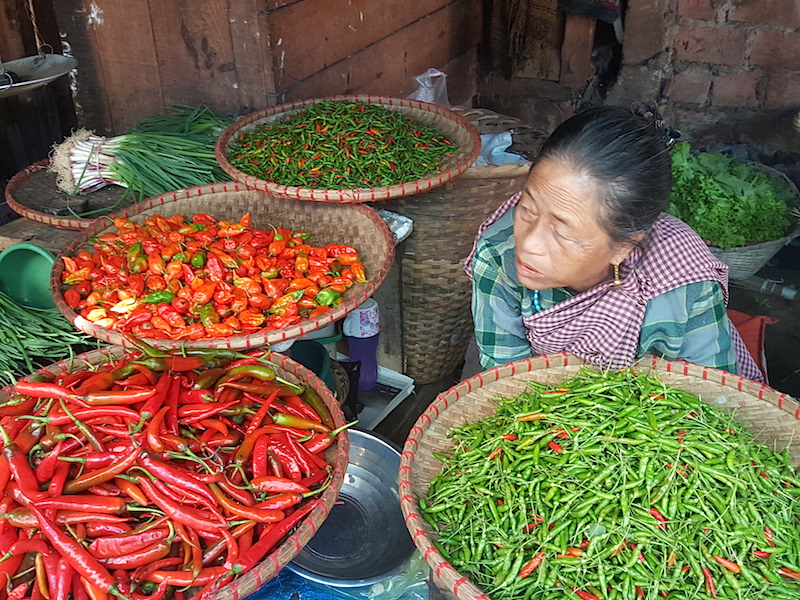


Beautiful snaps Charukesi! Quite different from the usual snaps of Hampi .. incentive enough to plan a trip. 🙂
Love all the photos. I wish we had done more exploring when we lived in Bangalore…this was on our list but we never made it…still hope to visit someday.
The photos are very impressive. Never been there but these days have been reading a lot about the places thru you and others.
Must visit some day. What do you think, how many days would be sufficient for it to have a leisured visit?
We like it!! 🙂
Sharmila, thank you – that was the idea – to showcase a ‘different’ Hampi – and make you want to go!
Shalini, Hampi is a ust-visit – I’ve been there twice – and I know I’ll go again!
Nisha, I think 2-3 days minimum…
Supriya, we are honoured 🙂
Great photos and a nice narrative as always! Hampi has forever been on my must visit list. Hopefull I can make it there on my next visit to India.
Thanks, Rajan! Do take time out for Hampi the next time…
Love the colors Charu….
loved the colorful pics. No way its sepia! 🙂